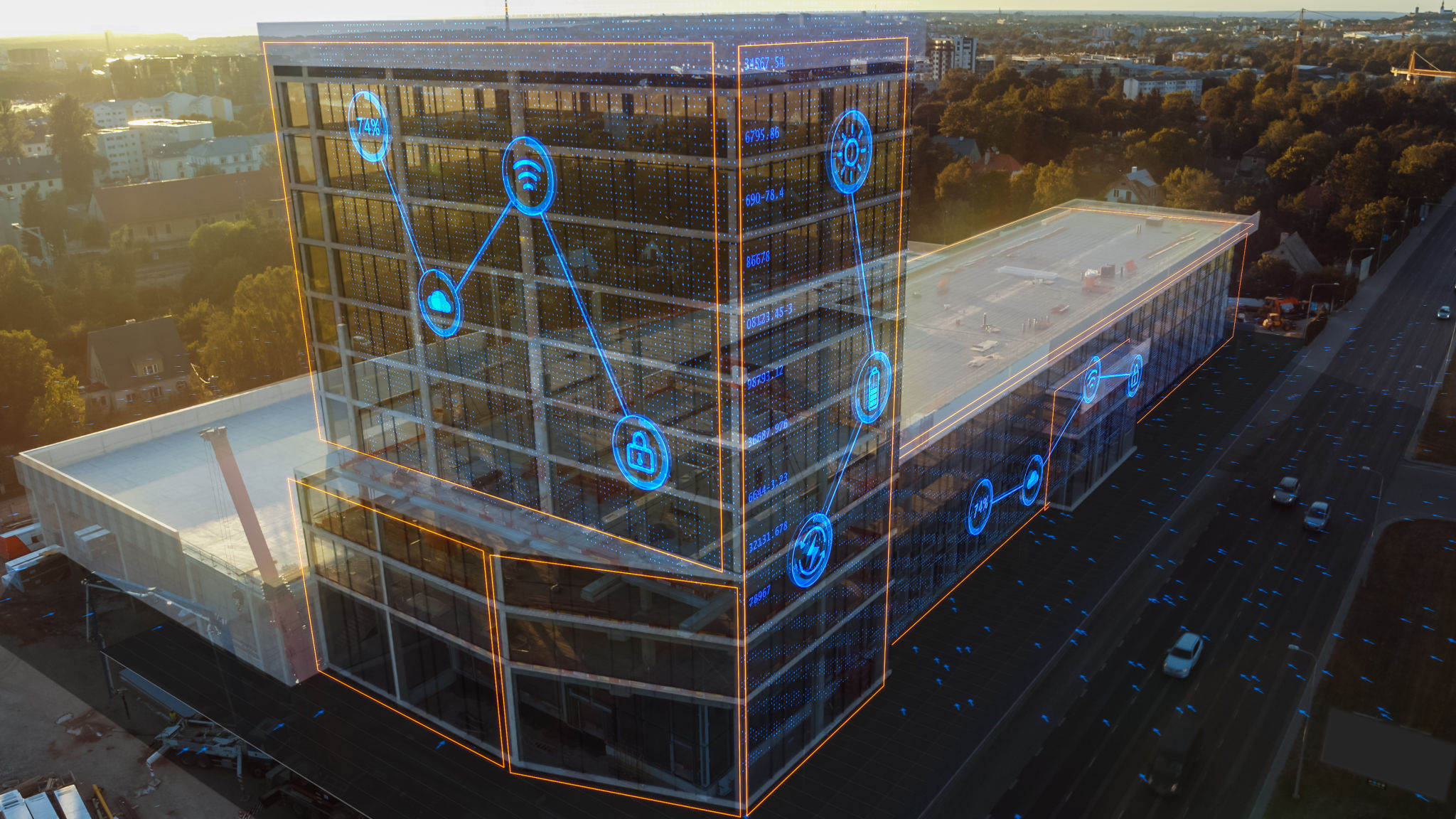Understanding Facility Management Regulations in Abu Dhabi
Introduction to Facility Management Regulations
Facility management is a critical aspect of maintaining the efficiency and safety of buildings, particularly in a rapidly developing city like Abu Dhabi. Understanding the regulations governing this field is essential for ensuring compliance and optimizing operations. In this blog post, we'll delve into the key aspects of facility management regulations in Abu Dhabi, providing a clear overview for facility managers and stakeholders.
Regulatory Framework
The regulatory framework for facility management in Abu Dhabi is designed to uphold safety, sustainability, and efficiency. It encompasses a range of laws and guidelines that dictate how facilities should be maintained and operated. The Abu Dhabi Department of Municipalities and Transport (DMT) plays a pivotal role in setting these regulations, ensuring that they align with the emirate's strategic vision.
One of the fundamental documents is the Building Codes and Standards. These codes ensure that all construction and facility operations adhere to safety and environmental standards. Compliance with these codes is mandatory for all facility managers, who must regularly update their procedures to reflect any changes in legislation.

Key Areas of Compliance
Facility management regulations in Abu Dhabi cover various areas, including fire safety, environmental sustainability, and operational efficiency. Fire safety regulations are stringent, requiring regular inspections and maintenance of fire suppression systems, emergency exits, and alarms. Facility managers must ensure that their buildings meet these requirements to protect occupants and property.
Environmental sustainability is another critical area. Regulations promote energy efficiency and waste management practices that reduce the carbon footprint of buildings. Facility managers are encouraged to adopt green building practices and technologies that contribute to a sustainable future.
Health and Safety Standards
Health and safety are paramount in facility management. Regulations mandate regular health and safety audits to identify potential hazards and implement corrective measures. This includes ensuring proper ventilation, maintaining hygiene standards, and providing adequate training for staff.

The Role of Technology
Technology plays a significant role in helping facility managers comply with regulations. The implementation of smart building technologies can streamline operations and improve regulatory compliance. For example, building management systems (BMS) can automate monitoring tasks, providing real-time data on energy consumption, air quality, and other critical parameters.
Additionally, technology can aid in record-keeping and reporting. Digital platforms allow for efficient documentation of maintenance activities, inspections, and compliance audits, making it easier to demonstrate adherence to regulations during official reviews.

Challenges and Solutions
While adhering to facility management regulations can be challenging, there are practical solutions available. One common challenge is keeping abreast of regulatory updates. Facility managers can address this by subscribing to industry publications or joining professional organizations that provide timely information on regulatory changes.
Another challenge is balancing compliance with operational costs. By investing in energy-efficient technologies and sustainable practices, facility managers can achieve long-term cost savings while meeting regulatory requirements.
Conclusion
Understanding and complying with facility management regulations in Abu Dhabi is crucial for the safety, efficiency, and sustainability of buildings. By staying informed about the regulatory framework, leveraging technology, and adopting best practices, facility managers can ensure that their buildings meet all necessary standards while contributing positively to the community and environment.